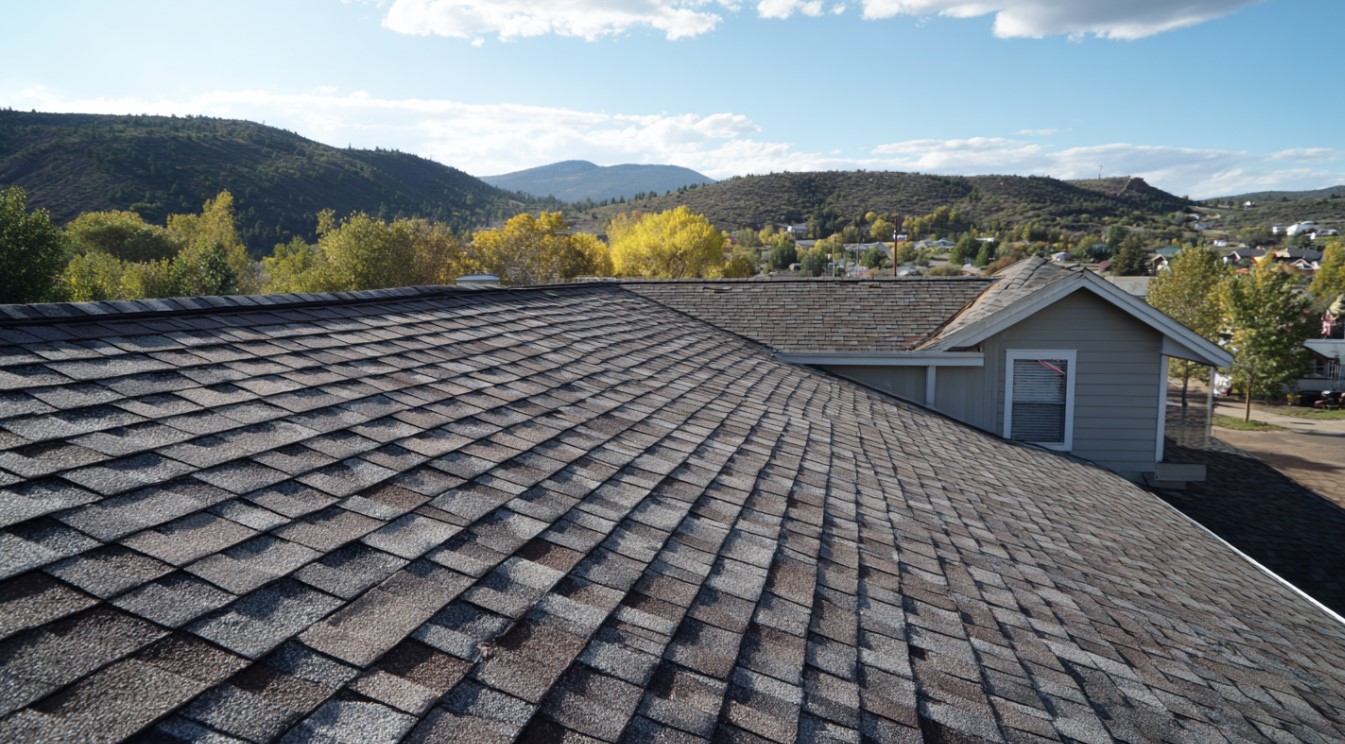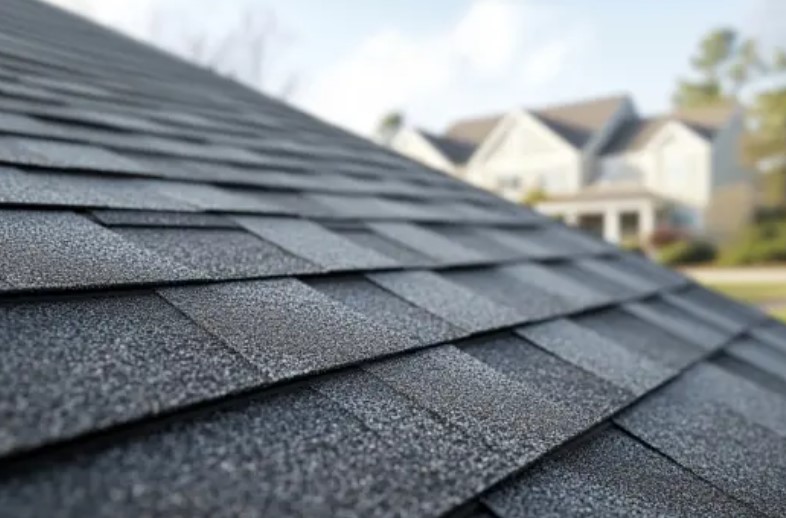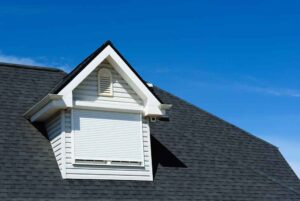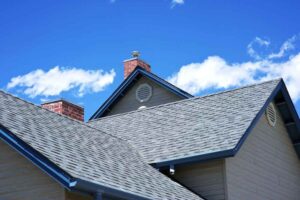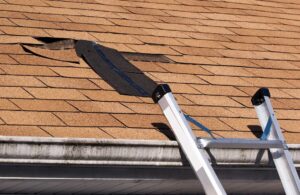There’s a reason storm nailing patterns are a big deal in the roofing industry, especially in Jacksonville, FL. Between hurricane threats, high-wind thunderstorms, salt-heavy air, and unpredictable summer downpours, roofing systems in this region need more than just quality shingles; they need precision installation that anticipates real-world pressure.
A storm nailing pattern is one of the most important yet overlooked factors in a roof’s wind performance. If you’ve never heard the term before, this guide will walk you through what it is, how it works, and why it’s especially vital for protecting homes across Jacksonville and the North Florida coast.
What Is a Storm Nailing Pattern?
A storm nailing pattern refers to using six nails per shingle, instead of the standard four, placed precisely along the manufacturer’s specified nailing zone. This method reinforces the bond between the shingles and the roof deck and provides additional anchoring in areas vulnerable to uplift.
Storm patterns are not improvised. They follow strict manufacturer guidelines that also factor into the warranty and wind rating of the shingles. Many architectural shingles are only rated up to 130 mph wind resistance when installed using this six-nail configuration.
Why Shingle Nailing Zones Are So Important
Each asphalt shingle has a designated area: usually a narrow strip that’s reinforced to hold nails. Nailing above or below that line compromises the integrity of the entire system. Missed nailing zones can result in:
- Shingles lifting during high winds
- Water intrusion through misaligned seals
- Reduced impact resistance
- Voided manufacturer warranties
Missing the nailing zone creates a weak point that strong winds and heavy rain in Jacksonville can exploit, turning a simple oversight into a serious roofing failure.
Local Conditions That Demand a Stronger Nailing Pattern
Jacksonville roofs are regularly exposed to:
- Tropical storm gusts that exceed 70 mph even when a storm doesn’t make direct landfall
- Salt-laden air that corrodes fasteners and softens adhesives
- Prolonged UV exposure that breaks down shingle material and affects adhesion
- Heavy rainfall that exposes even small installation mistakes
Six-nail storm patterns help offset these pressures by securing every shingle against the wind, giving the adhesive strip a better chance to seal fully, and minimizing the likelihood of shingle loss during storms.
Why Four Nails Won’t Cut It
Standard four-nail installation might meet building codes, but it’s not always up to the real challenges Jacksonville homes face. Even high-quality shingles can fail when they’re held down with too few fasteners or nailed off-pattern.
Worse, some contractors cut corners during busy storm seasons. Homeowners often don’t realize their roof was nailed improperly until it starts lifting—or until their insurance claim gets denied due to installation errors.
What to Expect From a Properly Storm-Nailed Roof
When shingles are installed using a storm nailing pattern:
- Wind resistance is maximized, especially around ridges, valleys, and eaves
- Shingles lie flatter, creating a tighter seal against wind-driven rain
- Warranty coverage remains valid, even under high-wind conditions
- Insurance claims are more likely to be approved because best practices were followed
This isn’t just about protection during hurricanes. It’s about building a resilient system that holds up through daily wear, seasonal transitions, and Florida’s humidity-rich climate.
Why This Matters for Jacksonville Homeowners
Many homes in Jacksonville were built more than 15 years ago. If your roof has not been replaced recently, there’s a good chance it wasn’t installed with a storm nailing pattern—especially if it was built to minimum code.
Additionally, neighborhoods near the Intracoastal, St. Johns River, or the Beaches face higher wind exposure. If you’re in one of these areas, storm pattern installation should be a non-negotiable part of any roofing project.
Schedule an Inspection to Check Nail Placement
Don’t assume your roof was nailed correctly just because it looks good from the street. Improper nailing often goes undetected until it’s too late. With the right materials and the right nail pattern, your roof is better prepared to handle the next Florida storm, and the one after that.
Contact Best Choice Roofing of Northern Florida today for a free roof inspection in Jacksonville. We’ll assess your shingle condition, check for installation flaws, and discuss your best options.

